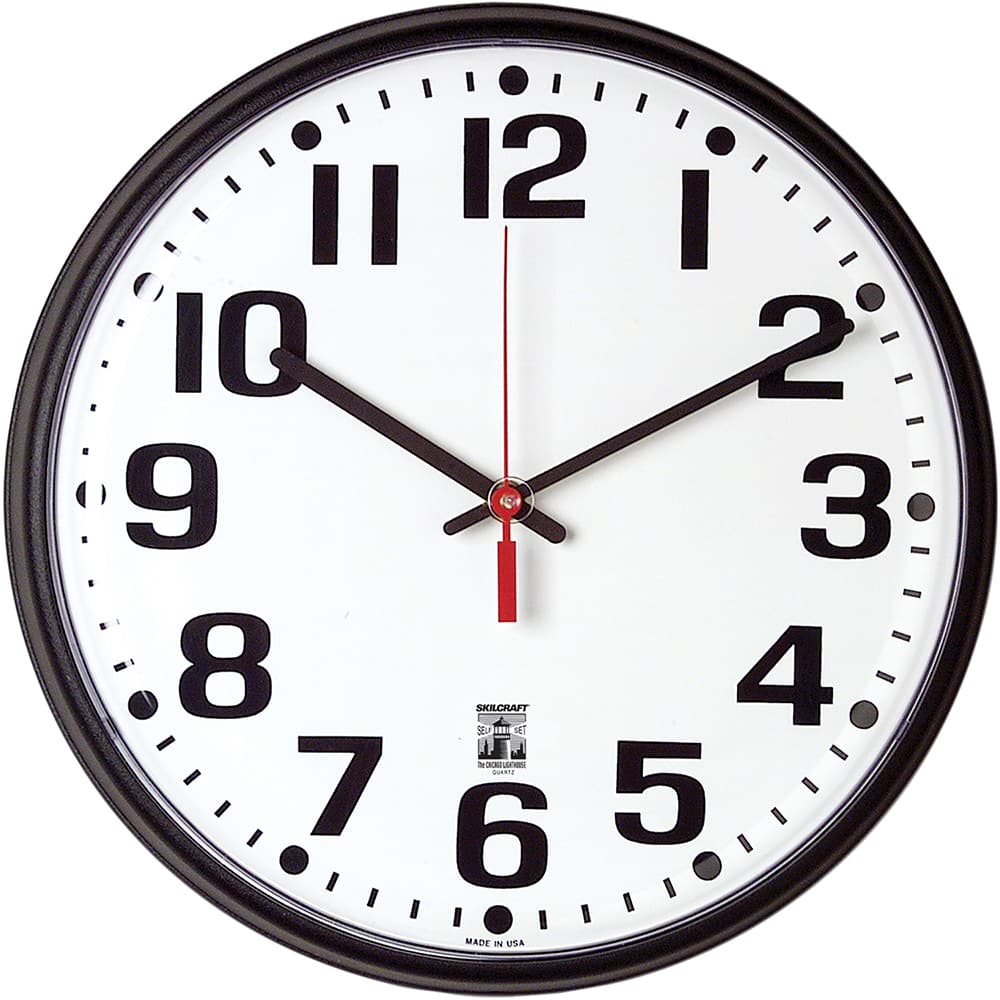

For example, they will display 9:45 as ‘It is a Quarter to Ten’. These clocks are made out of a letter pattern with lights that change every 5 minutes to show the time in a phrase. This one-of-a-kind and stylish text-based clock hangs on a wall or stands upright on its constructed base. In other words, the time is shown using highlighted words rather than digital digits or traditional minute and hour arms.
#Types of clocks software
Words can be stored using software or hardware.

Word clocks do not use numeric displays but write natural words on the screen to inform us of the time. If you are looking for a unique clock for your house, a light-up word clock is an entertaining way to know the time. The hours and minutes were shown on turning discs through the two displays. Josef Pallweber, an Austrian engineer, invented the first digital clock, which had two screens in an enameled dial. The first digital clock was established in 1883, and it featured a mechanism known as a jump-hour system. Digital clocks make our life a little simpler – sometimes without us even recognizing it. They may be manufactured in a variety of sizes and are often used in automobiles, household appliances, radios, and computers because of their low cost and size flexibility. This clock’s display screen does not have to be inside a small television or computer it may also be shown in large public spaces or indoors for those with sight problems.ĭigital clocks are typically smaller than analog clocks and easier to operate and read. With each passing year, digital clocks have been gaining ground on analog clocks, which are rapidly becoming obsolete. The two most popular display types are the 24-hour system (from 00-23) and the 12-hour system, where the clock must additionally display an AM/PM signal. With the evolution of the internet era, we have gained access to extremely accurate and trustworthy electronic clocks that display time using numeric screens. Many elements came together throughout time to give us the contemporary timekeeping devices we have today. The earliest mechanical clocks were produced in Europe around the beginning of the 14th century and served as the primary time tracking instrument until the invention of the swinging clock in 1656. Incapacity to operate at night, and cloudy weather.However, several issues with this clock application are one of the major reasons they are no longer used nowadays: People tracked the sun’s shadow as measured by the sundial’s gnomon. This is the oldest clock design in human history, with a five-thousand year historical record of utilizing sundials. Sundials can also be referred to as analog clocks. That is also why this sort of clock is known as an analog clock. An analog quantity is anything that changes constantly like this it travels gradually from one place to another without any abrupt jumps or pauses. That implies the minute hand can point to any numerical value ranging between 0 and 60. The shortest hand symbolizes the hour, the longer hand is for the minutes, and the longest arm signifies the seconds.Įach of these arms can point everywhere on the circle.


An analog clock has two or occasionally three “arms” that move in circles to display the hour, minute, and possibly second. Before the invention of digital clocks, all clocks were analog instruments. One of the most popular clock types is analog.


 0 kommentar(er)
0 kommentar(er)
